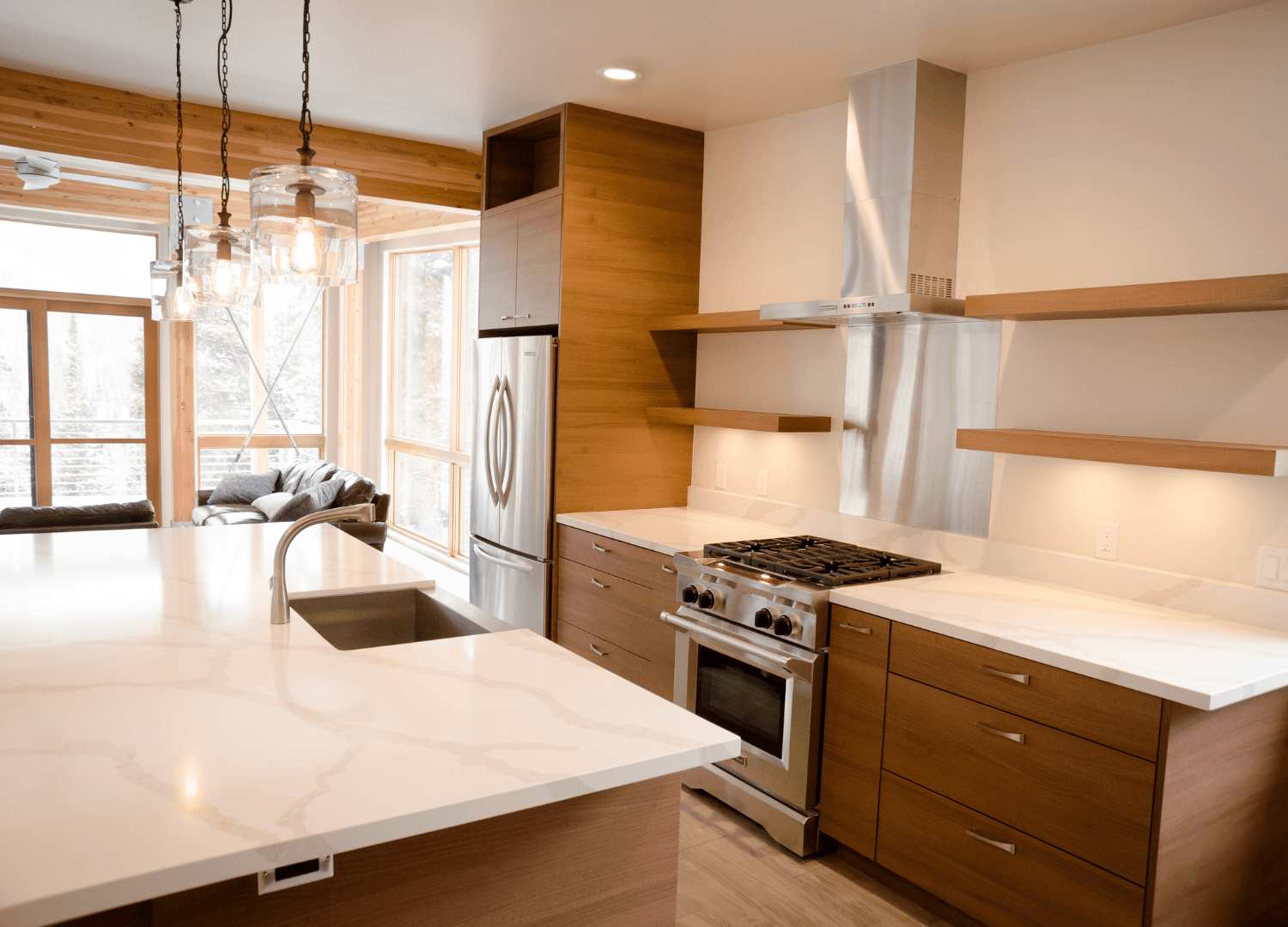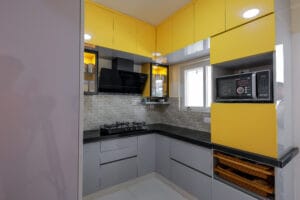Designing a kitchen that is both functional and beautiful requires more than just an eye for aesthetics. It involves adhering to foundational principles that seasoned designers often follow—sometimes instinctively—to create spaces that are visually appealing and highly efficient. These principles include the use of kitchen work zones, the work triangle, and achieving visual balance. By keeping these guidelines in mind, you can craft a kitchen that not only meets the homeowner’s style preferences but also supports their everyday needs.
The Fundamentals of Kitchen Design
While kitchen design principles are not hard-and-fast rules, they serve as trusted guidelines to streamline the process and enhance functionality. Let’s explore the three essential principles every designer should know.
1. Kitchen Work Zones
Work zones are the backbone of an efficient kitchen. By organizing the kitchen into specific areas for dedicated tasks, you can create a layout that is both intuitive and practical. There are five essential work zones to consider:
- Food Storage: This zone includes the refrigerator, freezer, pantry, and cupboards used for storing food. For optimal efficiency, place the refrigerator and pantry close together—ideally side by side—to make unloading groceries quick and hassle-free.
- Food Preparation: Ample counter space and storage for prep tools such as cutting boards, knives, and mixing bowls define this zone. Locating it near the kitchen sink ensures easy access to water for washing fresh produce and prepping meals efficiently.
- Cooking: This zone encompasses the cooktop, oven, and associated utensils. Positioning it adjacent to the food preparation area minimizes movement and streamlines the cooking process.
- Cleaning and Waste: Including the sink, dishwasher, and waste bins, this zone should also be near the food prep area to make cleaning up quick and easy.
- Serving: This zone stores cutlery, plates, glasses, and dining essentials. Ensure it is easily accessible from the cooking and prep areas for seamless meal serving.
By thoughtfully arranging these zones, you can enhance workflow and make the kitchen more user-friendly.
2. The Work Triangle
The work triangle is a time-honored design principle that focuses on the placement of the sink, cooktop, and refrigerator. These three points are the most frequently used in any kitchen, and the triangle arrangement helps minimize movement and maximize efficiency.
To achieve the ideal work triangle:
- Each side of the triangle should measure between 4 to 9 feet in length.
- The total perimeter of the triangle should range from 13 to 26 feet.
- Avoid major traffic routes intersecting the triangle to reduce disruptions while cooking.
If incorporating a kitchen island, ensure it complements the triangle rather than obstructing it. The island can serve as additional workspace or storage without compromising the triangle’s efficiency.
3. Visual Balance Creating a visually balanced kitchen ensures the space is as beautiful as it is functional. This involves paying attention to focal points, symmetry, and proportions to achieve a harmonious design.
- Focal Points: Introduce a striking feature, such as a statement backsplash, a chic range hood, or a stunning kitchen island. This draws the eye and gives the kitchen character.
- Symmetry: Symmetry adds a sense of order and calm to the design. Evenly placed cabinets, aligned appliances, or matching light fixtures can create a cohesive and elegant look.
- Scale and Proportion: Ensure every element in the kitchen is in proportion to the overall space. Oversized appliances in a compact kitchen can overwhelm, while undersized fixtures in a spacious kitchen may feel insignificant. Balance is key to achieving a polished and inviting atmosphere.
Conclusion
By following these kitchen design principles, you can craft spaces that are as practical as they are visually stunning. Whether the goal is a modern, rustic, or traditional aesthetic, these guidelines will help you design kitchens that clients will cherish for their style and functionality. After all, the heart of the home deserves nothing less than a perfect blend of form and function.






